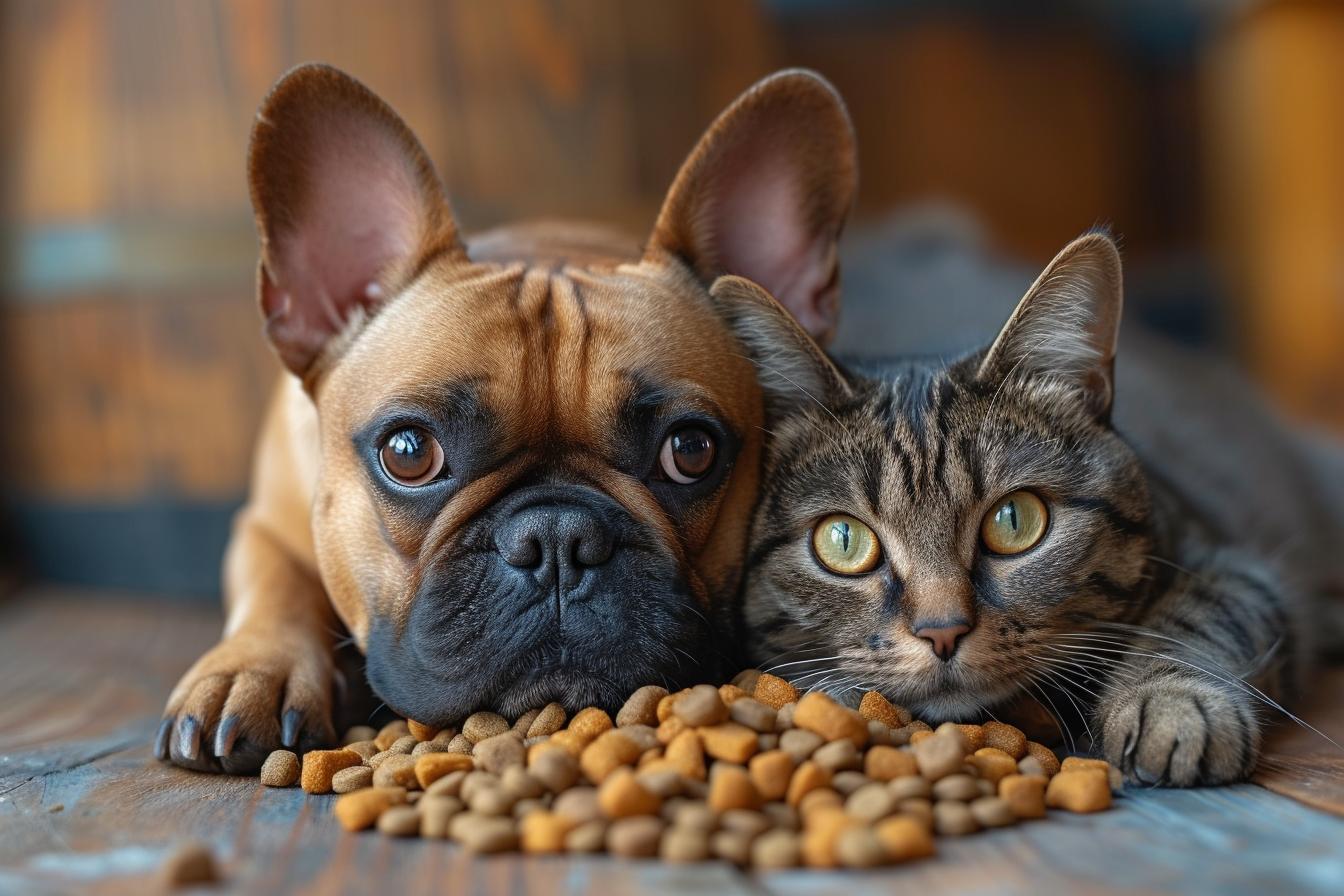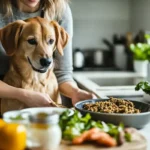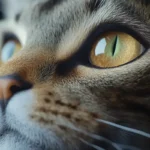Pets hold a significant place in our lives, and taking care of their health is a priority for every loving owner. Nutrition is a cornerstone of this health, but a question frequently arises: can dogs safely consume cat food? More than just curiosity, it is a question that deserves attention as it pertains to the digestive differences and distinct nutritional needs of our canine and feline companions. In the following lines, we will delve into this topic to offer an informed perspective on a subject that closely concerns all dog lovers.
Digestive Differences Between Canines and Felines
Let’s first explore the realm of digestive differences between our canine and feline friends. These biological diversities are not just a matter of size or appetite, but they reflect specific nutritional requirements determined by their evolution and lifestyle. Cats, strict carnivores by nature, have nutritional needs that differ considerably from those of dogs, who are more omnivorous. Let’s decipher how these needs impact dietary choices for our four-legged companions.
The Nutritional Imperative of Man’s Best Friend
Dogs require six basic nutrients to maintain optimal health: water, which is vital for all forms of life; proteins, for tissue construction and repair; lipids, as the primary source of energy; carbohydrates, for readily available energy; minerals; and vitamins, indispensable for numerous bodily functions. The Association of American Feed Control Officials (AAFCO) provides precise recommendations for balancing these nutrients in dog food. Following these guidelines helps ensure that our pets receive a complete and balanced diet.
The Unique Dietary Requirements of Cats
In contrast, cats have their own peculiarities when it comes to food. Being obligate carnivores, they depend on a high content of proteins and require certain amino acids like taurine, which are absent from dogs’ diet. The AAFCO recommendations for cat food reflect these specific needs, ensuring that our felines receive all essential nutrients for a diet appropriate to their physiology.
Diversity of Feeding Options: a Buffet for Cats and Dogs
On the current market, there is a multitude of types of food for our animals, ranging from classic dry food to wet food, including more modern options like freeze-dried and refrigerated food. Each format has its advantages and disadvantages, and the choice should be made based on the animal’s preferences and the veterinarian’s recommendations, always taking into account the specific nutritional needs of each species.
The Risks of Feeding Feline Food to Canines
If a dog accidentally eats cat food, the consequences are generally minor: possible diarrhea or vomiting. However, things become more complicated when it comes to repeated or excessive consumption. The risks of bloating, which can be fatal for dogs, increase significantly. Veterinarians, including Adrienne Kruzer and Nelva J. Bryant, insist on the importance of providing each animal with food formulated to meet their specific nutritional needs.
In summary, even if our dogs may eye the cat’s food bowl with envy, it is crucial to respect the specific dietary needs of each animal to ensure their healthy and happy life. Cat food is not intended for dogs and can cause more harm than good in the long run. So, the next time you wonder if you can simplify things by serving the same food to your dog and cat, remember that their health deserves well-thought-out dietary choices adapted to each species.







